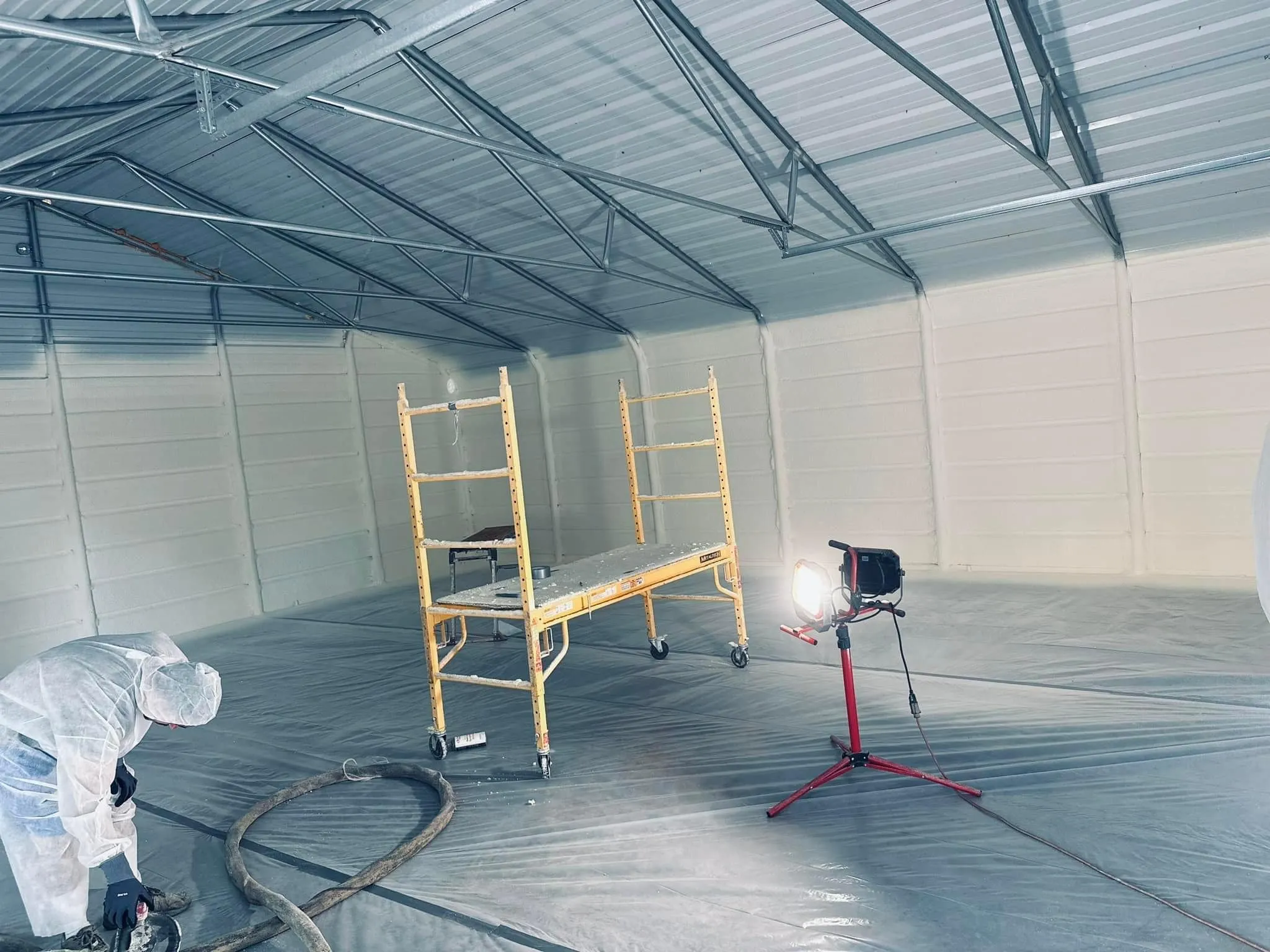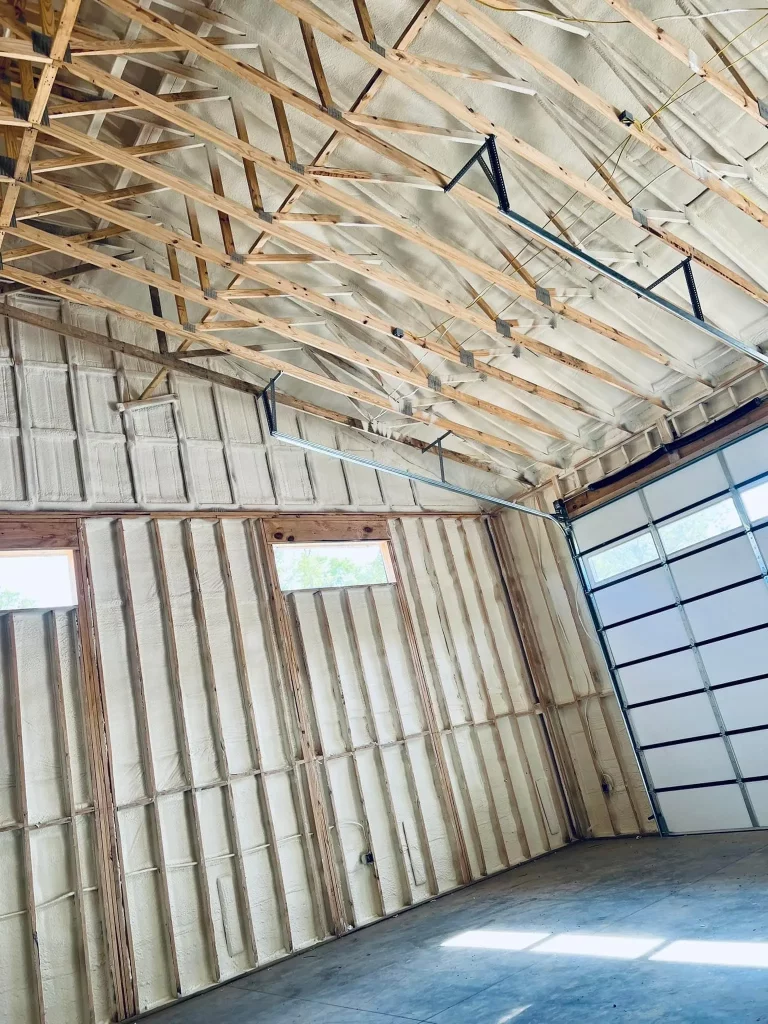
Uneven heating and cooling create discomfort and drive up energy bills in homes across Little Rock. A professional insulation upgrade addresses this by sealing air leaks and improving thermal barriers throughout the structure. Installers add high-quality materials like fiberglass or spray foam to attics, walls, and floors, which prevent heat from escaping in winter and block hot air in summer. This direct approach stabilizes indoor temperatures room by room, providing homeowners with clear steps to address these problems along with local insights tailored to Arkansas weather.
Decades of handling insulation projects in the region back this guidance, drawing from real jobs where homes saw even temperatures after upgrades.
Homes lose balance in temperature due to drafts, poor sealing, and aging materials. Air slips through cracks around windows, doors, and outlets, pulling in outside air. In Little Rock’s humid subtropical climate, summer humidity worsens this by making cool air feel uneven.
Attics trap heat, overworking AC in upstairs rooms, while basements remain cooler due to stable ground temperatures, highlighting the need for comprehensive solutions. These patterns show why spot fixes like fans fall short—system-wide improvements work better.
Insulation acts as a shield against temperature swings. Materials with high R-values resist heat transfer, keeping warm air inside during cold snaps and cool air contained against summer heat. Proper installation covers full surfaces without gaps.
In practice, adding blown-in cellulose to attics cuts heat gain by up to 30 percent. Wall cavities filled with foam block conduction from outside walls. Floors over crawl spaces gain radiant barriers to stop rising dampness from affecting upstairs comfort. When installing, check for recessed lights in ceilings and seal around them with fire-rated boxes to avoid fire risks while maintaining insulation integrity.
Homeowners try DIY patches, but pros handle complex areas like irregular walls or high attics safely. Teams use tools to measure exact needs and avoid compressing materials, which reduces effectiveness.
Data from the U.S. Department of Energy indicates that professional installs achieve 15 to 20 percent energy savings over amateur efforts. This comes from precise coverage and moisture control, key in Little Rock’s damp conditions.
A table below compares common insulation types suitable for local homes:
| Insulation Type | R-Value per Inch | Best Use in Little Rock Homes | Cost Range per Sq Ft |
|---|---|---|---|
| Fiberglass Batts | 3.1-4.4 | Walls and floors | $0.50-$1.50 |
| Blown-in Cellulose | 3.2-3.8 | Attics and hard-to-reach spots | $1.00-$2.00 |
| Spray Foam (Closed-Cell) | 6.0-7.0 | Sealing air leaks in humid areas | $2.50-$3.50 |
Professionals select the right type for the job, such as spray foam, which excels for moisture resistance, vital during rainy seasons.
Little Rock faces hot, humid summers averaging 92°F and winters dipping to 35°F. Cooling accounts for 50 percent of energy use here, per the U.S. Energy Information Administration. Uneven cooling hits hardest, as hot air rises and pools in upper levels.
Insulation upgrades target this by focusing on roofs and exterior walls. Local codes require minimum R-38 in attics, but pros often recommend R-49 for better performance against peak summer loads, and in crawl spaces, vapor barriers alongside insulation combat ground moisture. Winter drafts from older siding demand wall reinforcements too.
Market fact: Arkansas homes with upgraded insulation save an average of $300 yearly on utilities, based on EIA data.
Assess current setup first. Hire an energy audit to spot leaks with blower door tests; this pinpoints weak areas without guesswork. Budget for materials and labor—expect $1,500 to $5,000 for a typical 1,500 sq ft home.
Review home age and layout. Older brick homes in Little Rock hold heat differently than frame structures, so tailor the plan. Check for asbestos in pre-1980s buildings; removal adds steps but ensures safety.
Weigh long-term gains. Upgrades last 20-50 years, cutting repair needs. Factor in rebates from Arkansas utilities, which cover up to 20 percent of costs for qualifying projects.

Many wonder about disruption. Pros complete most jobs in 1-3 days, working room by room to minimize mess.
Others ask about returns. Payback happens in 3-5 years through lower bills, with added home value from efficiency.
Bonus Tip: Pair insulation with duct sealing; this combo boosts evenness by 25 percent in uneven systems.
Professional insulation upgrades even out heating and cooling by sealing paths for air loss. Focus on attics and walls for biggest gains in Little Rock’s climate. Evaluate home specifics through audits, then plan based on budget and layout. This step leads to steady comfort and savings year-round.
Schedule an audit to map out needs. Contact LMC Insulation at (479) 351-6175 or [email protected] for details on local options. Take time to compare quotes and incentives to match your home’s setup. This prepares for a straightforward upgrade process.
Upgrades signal energy efficiency to buyers, often increasing value by 5-7 percent in the Little Rock market. Appraisers note improved comfort as a plus.
Check every 10 years or after major weather events. Settling materials lose effectiveness over time, especially in humid climates.
It helps by stabilizing temperatures, but pair with dehumidifiers for full control. Closed-cell foam resists mold growth better.
Pros test first and handle abatement safely. Delaying risks health, so address it during upgrades.
Federal tax credits cover 30 percent of costs through 2032, per the Inflation Reduction Act. Local programs add more for Arkansas residents.